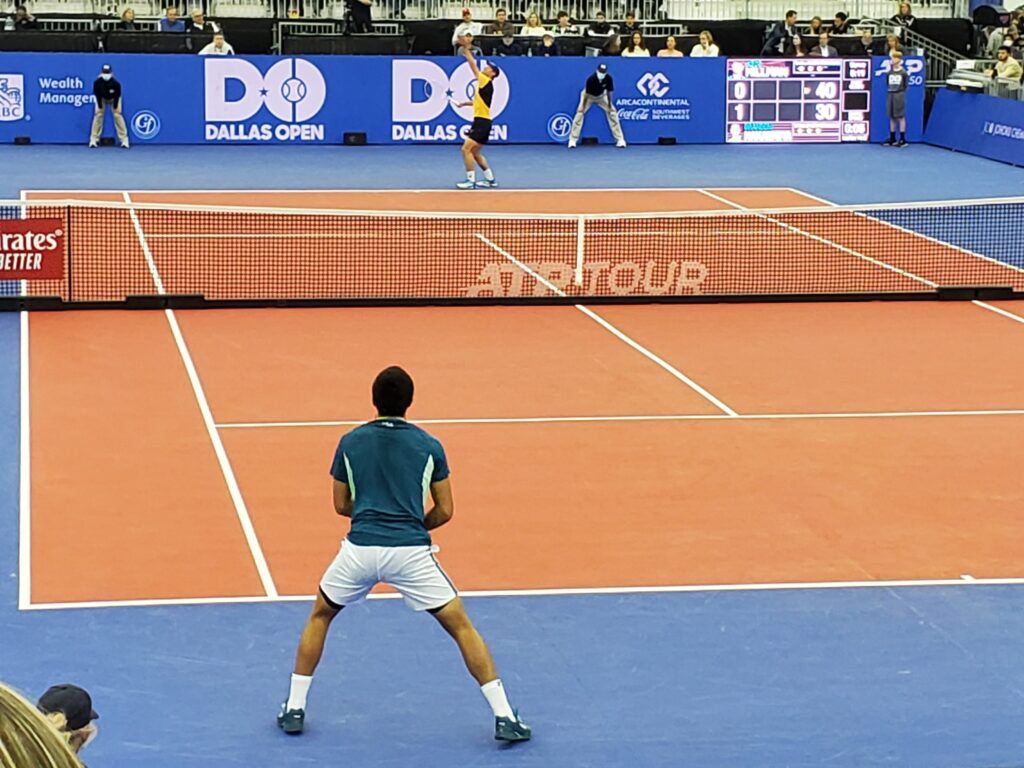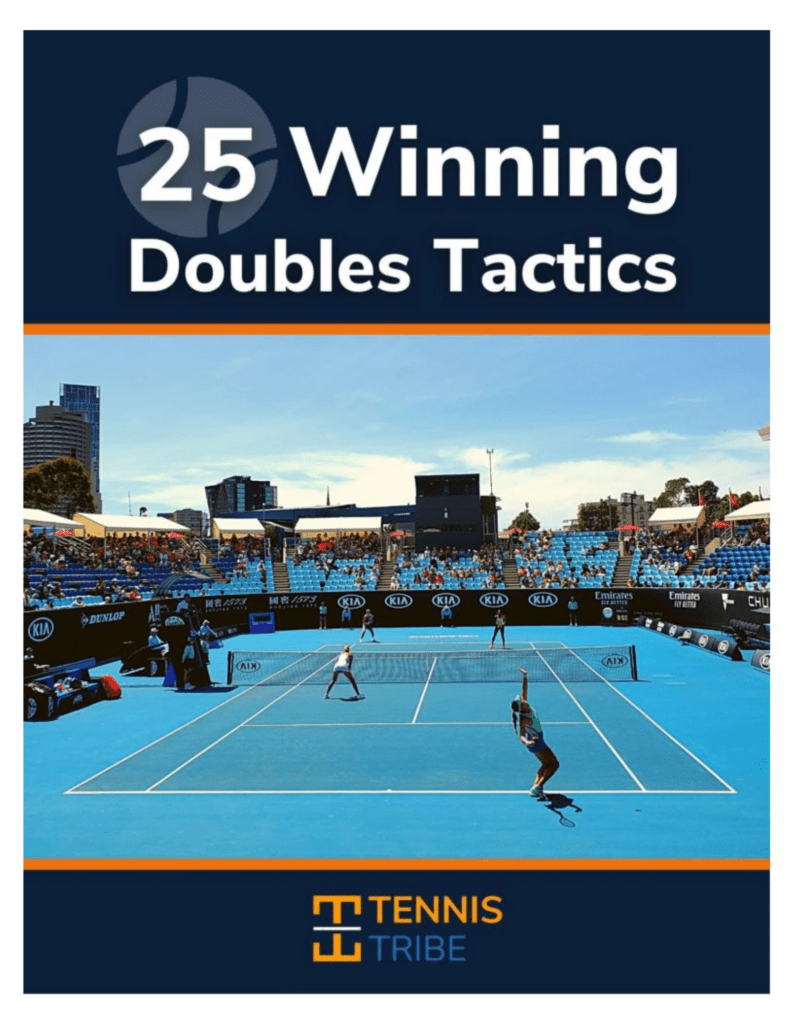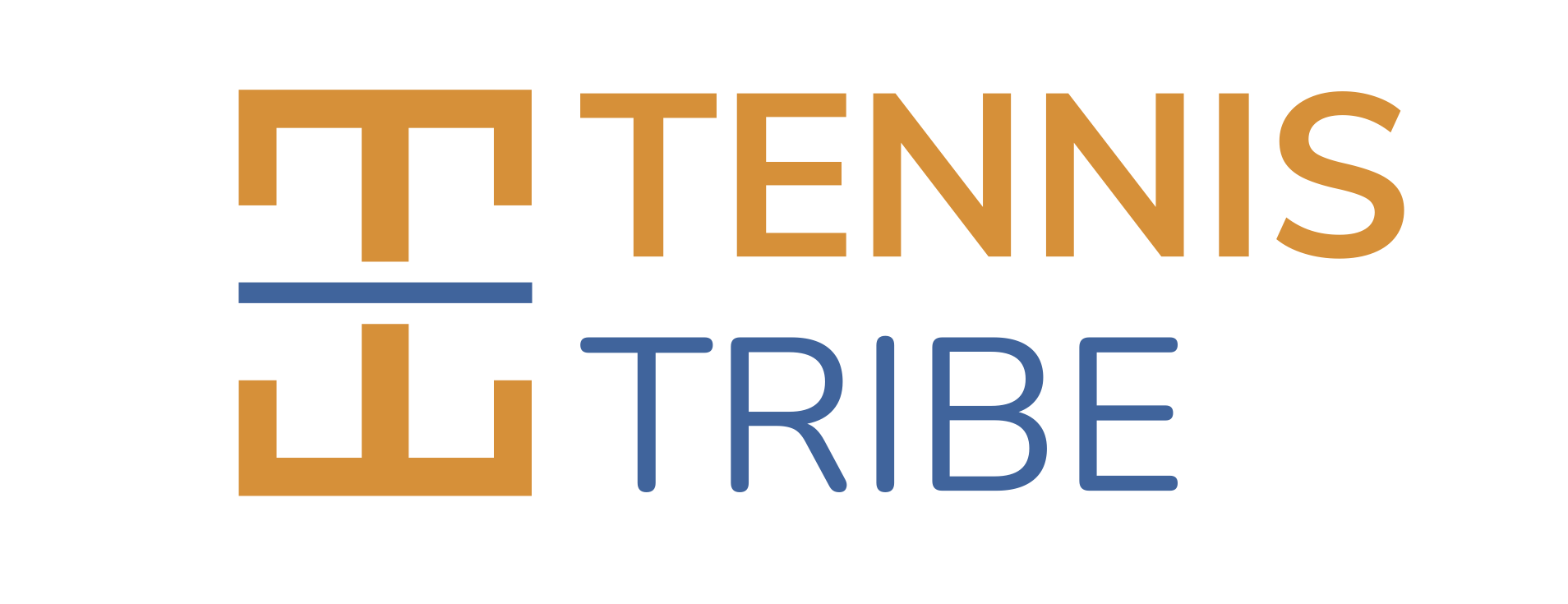In this episode, I answer a reader’s question on “How to scout an opponent?”
You’ll learn what I am looking for if I get to watch my opponent before our match.
A few of the questions answered include:
- Where should I watch my opponent from during their match?
- What are the most important shots to look for when scouting?
- How do I use the warmup to scout effectively?
- When should I make adjustments to my plan?

This episode is great for competitive players who have a chance to watch their opponent’s match before they play. I do this all the time at USTA tournaments.

25 Winning Doubles Tactics Guaranteed to Help You Play Smarter
Ebook with 25 expert serve (7), return (5), net-play (5), baseline (4), & approach (4) tactics you can use in your next doubles match.
Notes from this Podcast
Here are some of the things I mention in this podcast episode:
- Doubles Webinar: Thursday, July 28
- Topic: Patterns & percentages of winning doubles strategy
- Register for the doubles webinar here
- Register for Craig’s singles webinar here
- Podcast: Craig O’Shannessy Interview – Craig will be co-hosting the webinar with me.
- Where should you scout from?
- The ideal place to watch a match is from behind the court because you are able to read angles. If it isn’t possible, try to be near the baseline, but avoid the net post.
- Charting the match
- Take notes during their match of groundstroke error rates, where they like to serve, and other tendencies.
- We use Tennis Analytics to chart for our professional scouting. Listen to our Warren Pretorius interview, a previous episode with the founder, to learn more.
- Returns
- The serve is the only shot we can control, so we should look at their return first.
- Look for which side induces more errors, their contact point, and the direction of their return.
- Serves
- Next, decide what serves they like. Consider shading that side to force them to try something new and see if they are running different formations.
- Remember, a plan is just a starting point and should evolve when new information surfaces.
- Rallies
- Look to see if they serve & volley, if they like to be at the net, which player is stronger in different situations, and how you can expose that.
- Matchups are key here. Compare yourself to the opponents and think of ways to match up your strengths against their weaknesses.
- Technique
- Consider their technique to determine which shots/positions they might struggle with.
- For example, players with extreme western forehand grips might struggle with low slices.
- Strategy
- How do their strengths/weaknesses compare to yours and your partner’s? Adjust accordingly.
- Who should you attack if they’re both at the net/baseline? Generally, go for the weaker player’s backhand volley or weaker groundstroke.
- What will you do if they serve and volley?
- When you’re warming up, look for tendencies.
- In the Peter Lebedevs interview, the Dallas Open tournament director suggests hitting body serves at them during warm up and see which way they turn to determine their stronger side.

Leave a Reply